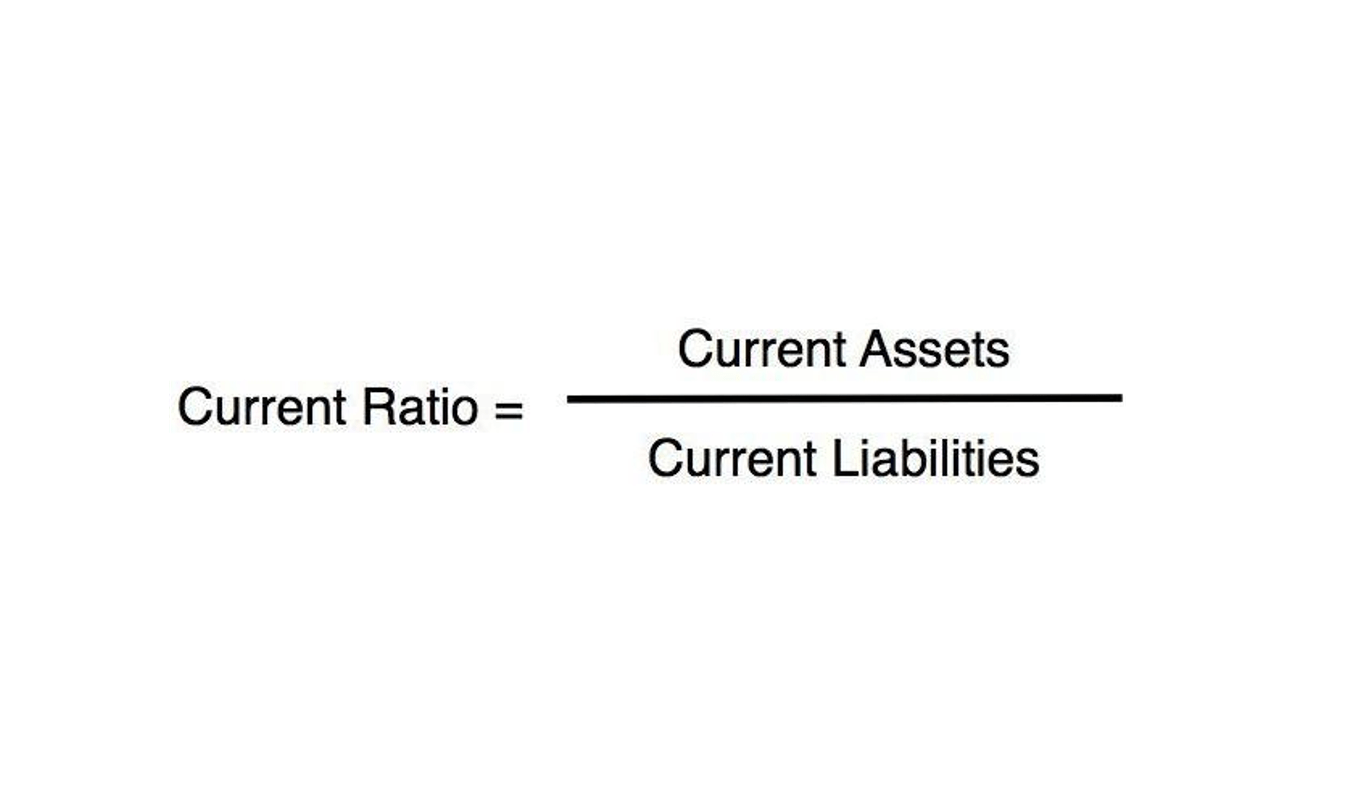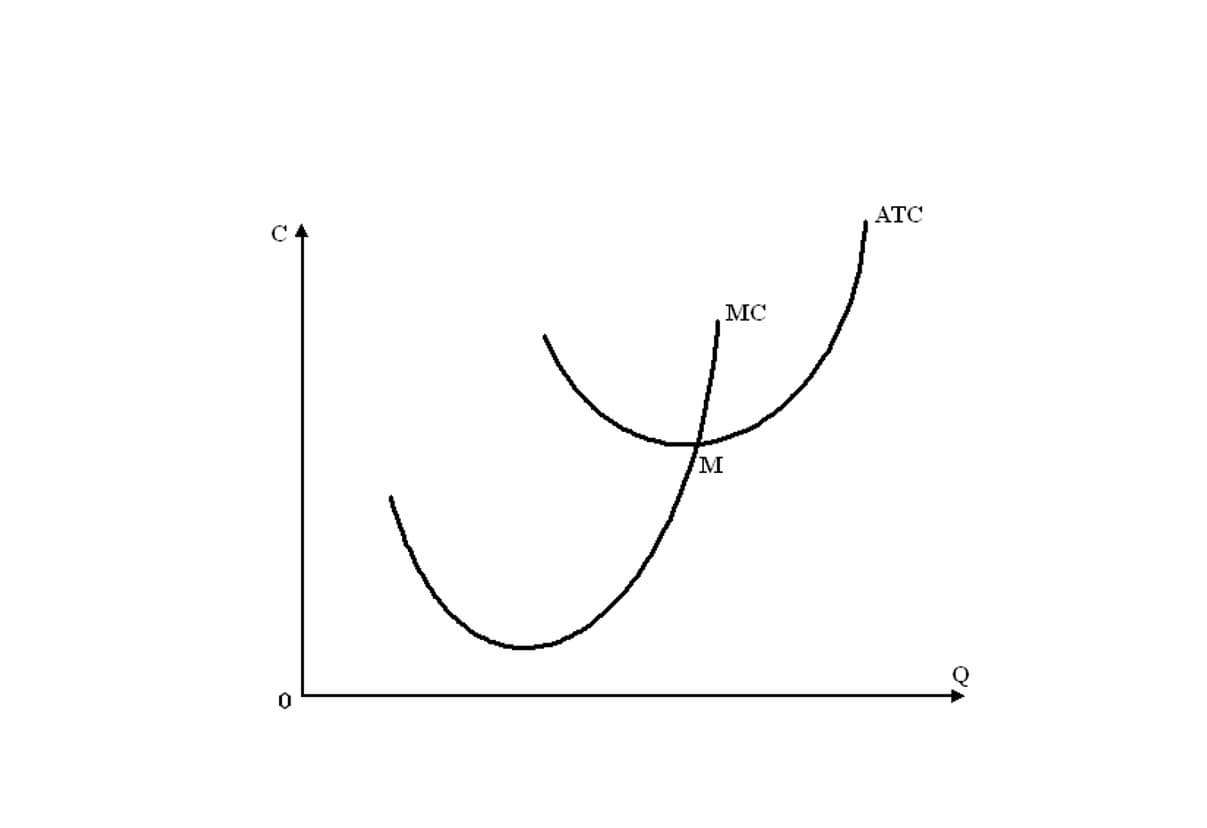Types of Liability Accounts List of Examples Explanations Definition

Liabilities are classified as current, long-term, or contingent. Long-term liabilities are debts that take longer than a year to repay, including deferred current liabilities. Contingent liabilities are potential liabilities that depend on the outcome of future events. For example contingent liabilities can become current or long-term if realized. Liabilities are an operational standard in financial accounting, as most businesses operate with some level of debt.

Liabilities Meaning in Accounting

Liabilities are reported on a company’s balance sheet and determine its financial health. Liabilities are categorised as either current or non-current based on their temporal nature. The predominant obligations typically encompass the most substantial ones, such as bills payable and obligations payable. The above mentioned items are commonly found on the balance sheet what is liability in accounting of most organisations, as they are crucial to both present and future business. Liabilities play a crucial role in a firm since they are utilised to fund operations and cover significant expansions.
I. Current Liabilities
Assets are broken out into current assets (those likely to be converted into cash within one year) and non-current assets (those that will gym bookkeeping provide economic benefits for one year or more). Liabilities are debts and obligations of the business they represent as creditor’s claim on business assets. AP typically carries the largest balances because they encompass day-to-day operations.
How Is a Predetermined Overhead Rate Calculated for a New Product?
Our AI-powered spend management platform provides real-time insights into vendor payments and operational costs, helping you maintain better control over cash flow and liabilities. In accounting, liabilities are debts or obligations a business owes to others. These stem from past transactions and represent commitments the business must settle in the future, often through cash, goods, or services. A Liability is a financial obligation by a person or business to pay for goods or services at a later date than the date of purchase. The obligation may be short-term, paid within a year, or long-term, paid over multiple years.

Cash

This clear separation allows for a quick understanding of a company’s immediate versus longer-term obligations. Warranty liabilities are another type of non-current liability that companies face, especially those https://www.queenzzz-aim.com/cash-flow-from-operations-direct-vs-indirect/ dealing with physical products. These obligations arise from offering customers warranties to ensure product quality and satisfaction.

